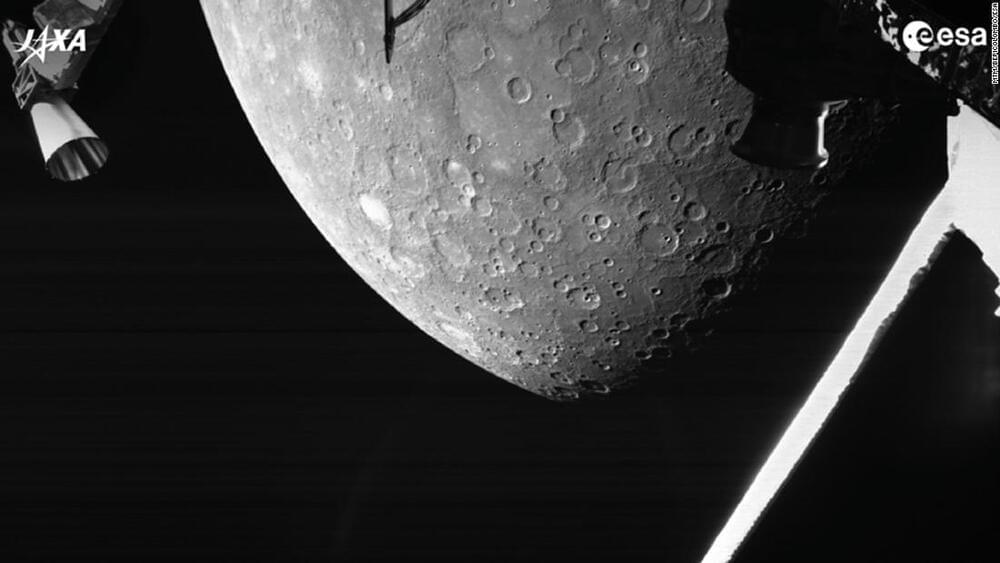BepiColombo will fly by the planet’s night side, so images during the closest approach wouldn’t be able to show much detail.
The mission team anticipates the images will show large impact craters that are scattered across Mercury’s surface, much like our moon. The researchers can use the images to map Mercury’s surface and learn more about the planet’s composition.
Some of the instruments on both orbiters will be turned on during the flyby so they can get a first whiff of Mercury’s magnetic field, plasma and particles.
